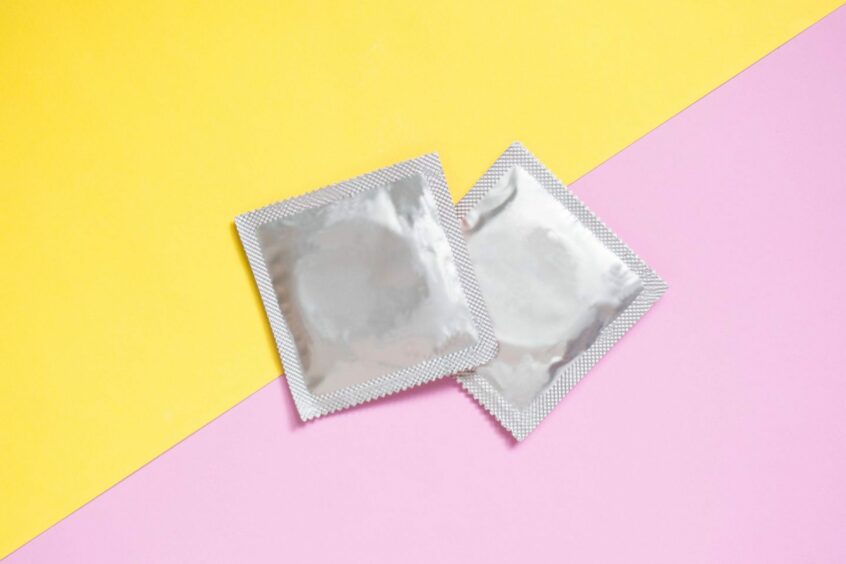Experts are urging people to seek help at local sexual health clinics instead of Googling, after a Bupa study found searches for some STI symptoms have increased by more than 200%.
Having an STI is nothing to be ashamed of, but fear and embarrassment can lead to many avoiding appointments to get checked out.
But if you think you could have an STI, getting medical help is essential, as leaving it untreated could lead to complications and even infertility.
Bupa’s new research found the symptoms with the biggest increases in searches are:
- Swollen testicle with pain (243% Google search increase)
- Green discharge meaning (200% increase)
- Burning sensation while urinating (127% increase)
- Painful intercourse (120% increase)
- Itching in private area male (83% increase)
But what are these symptoms signs of? We’re answering your questions.
Swollen testicle with pain
If you’re experiencing pain or swelling in your testicles, it could be a sign of an infection, such as chlamydia or gonorrhoea.
Both are easily treated with antibiotics, if found quickly. Neither infection will go away on its own, so it’s very important to seek medical help.
Dr Naveen Puri, associate clinical director at Bupa says: “Although it’s rare, swollen, painful testicles can be a sign of testicular cancer so you should always visit your GP to be checked.”
Green discharge
Vaginal discharge is totally normal, but changes in colour, consistency and smell can be the first signs of an infection.
According to the NHS, green discharge could be a sign of trichomoniasis, an STI caused by a parasite.
Again, it is unlikely to go away without treatment, which is why it’s important to seek advice from your GP or at a local sexual health clinic.
Burning sensation while urinating
Dr Puri says: “There are lots of reasons that you might feel a burning sensation when you pass urine.
“Whatever the cause, you should always get it investigated by a health professional.
“Pain when you pee can be caused by urinary tract infections (UTIs), urethritis and prostate conditions.
“But it can also be a symptom of STIs, including chlamydia, gonorrhoea, trichomoniasis and genital herpes.”
According to Lloyds Pharmacy, very mild cases of cystitis (a common UTI) can sometimes resolve within a few days by using painkillers and drinking clear fluids, without the need for antibiotics.
However, to minimise pain and to ensure it isn’t a symptom of something else, it’s best to arrange a chat with your GP.
Painful intercourse
Dr Puri says causes of painful intercourse can include “generalised illness, physical problems around the genitalia, pelvis or abdomen, psychological problems, or infections.
“Several STIs can lead to pain during sex. If you’ve ever had sexual contact without using a condom, you may need a sexual health check.
“Chlamydia, gonorrhoea, genital herpes, and trichomoniasis can lead to painful sex for both males and females. It can also lead to other infections affecting the vagina.”
Pain during sex could also be caused by hormonal changes due to the menopause, or a condition called vaginismus.
This is where muscles in or around the vagina shut tightly, making sex painful or impossible.
Sex should be enjoyable for everyone, so if you’re experiencing pain, help is available to determine the cause and stop it altogether.
‘Itching in private male area’
Dr Puri says: “Itchy genitals are uncomfortable and inconvenient, especially if you’re out in public.
“If you’re feeling itchy down there, it’s best to avoid any sexual contact until you know what’s causing it.
“Possible causes include irritation from grooming, pubic lice or a fungal infection. Or it could be an STI such as chlamydia, gonorrhoea, genital herpes, or genital warts.”
- To find sexual health clinics in Tayside click here.














Conversation